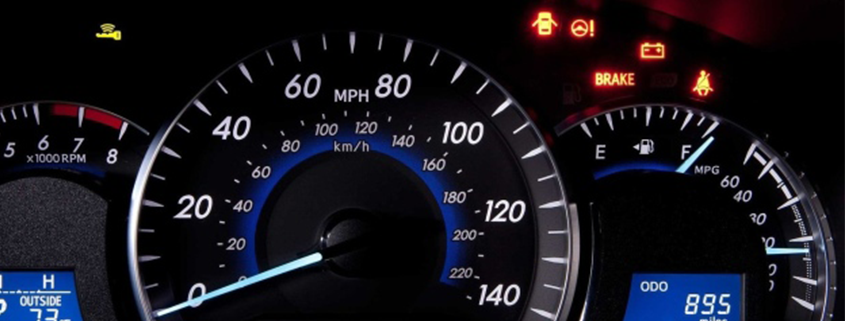Understand Whats Under The Hood Of Your Car
Car owners are often unaware of how their cars actually function and there is a lot more to a car than only its engine and tires, your local car inspection services would have you believe.
Your car runs on more fluids besides gasoline, just like we need to have other fluids like milk besides water. This is often common in movies, when your car breaks down because the character ignores the blinking lights on the dashboard.
All the information is available to you on your dashboard. These are some of the flashing lights or symbols on the dashboard that notify us when your car oils need to be refilled , but the more you know about your car, the safer you can be – so why not learn how to care for your vehicle before the lights go on!
Let’s move on to the hood of your car. Do you know what these fluids mean?
Transmission Fluid: You can find the transmission fluid dipstick ( a long thin rod) located under the hood of the car. Once you do so, you can go through the same process you would as monitoring your engine’s oil (pull out the stick, clean it, insert it back in and pull it out to check the level on the stick). Repeat this again while the engine is running. If the fluid appears brown or has a burnt smell, you should have it checked immediately. Every 30,000 miles, it is recommended you change your transmission fluid. The oil comes in different varieties depending on the strength of the oil. Cheaper oil will last you 2000-3000 miles.
Brake Fluid: Under the hood of the car you should find a brake fluid reservoir – it is typically see-through, enabling you to check it without opening the lid on top. When your brake pads are wearing, the level will typically drop. If you notice it goes below two-thirds full, you should take it to a garage to fill it.
Power Steering Fluid: For cars that have a power steering, your car has requires a special oil to ensure the steering rotates smoothly. There is a ‘power steering reservoir’ also under the hood of the car, you can easily check the level visually. If not, follow the dipstick method to be sure everything is good to go. Change the fluid every 50,000 miles.
By frequently checking the levels of the fluids and avoiding the indicators to go red, you can avoid costly damages to your car and your wallet, remaining safe on the road at all times!



